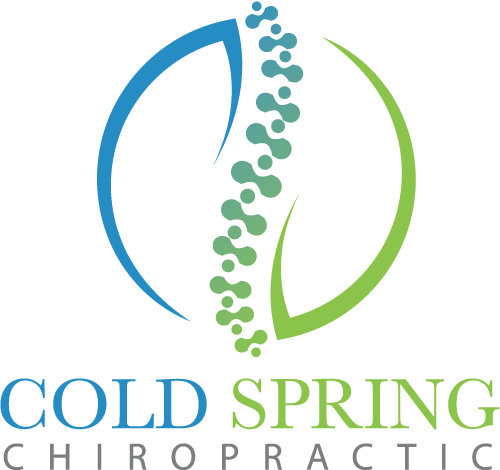Strength Training for Runners
Posted on January 13, 2022One of the best ways to stay healthy and prevent running injuries is to get stronger. Any weakness in your kinetic chain can compromise your form, leading to gait changes that increase your risk of injury. Getting stronger through weight training has so many benefits. Strong muscles absorb more of the force that occurs when you strike the ground, so less of it is transmitted to your bones, joints and ligaments. In addition to strengthening muscles and connective tissue, strength training also improves neuromuscular coordination, body composition and bone density. Strength work helps prevent injuries by strengthening muscles and connective tissues; it helps you run faster by boosting neuromuscular coordination and power; and it improves your running economy by encouraging coordination and stride efficiency.
Many runners are concerned that strength training will pack on muscle and increase body weight, slowing them down. But with the proper resistance workouts you’ll add lean muscle that will improve your efficiency without weighing you down. Strength training helps runners use less energy and oxygen to run, so they can run faster for longer. Studies have shown that runners who lift weights run faster and longer—and don’t bulk up. But you have to lift weights the right way.
A good approach to strength training for runners is to lift high-intensity with low reps to gain strength without inducing too much fatigue. Twice a week is enough to make progress. Each weight session should be 30-60 minutes with about 6 exercises with 2-3 sets of 10 reps. Aim for a total of about two hours in the gym per week.
Runners should be lifting fairly heavy weight. Using lighter weights improves muscle endurance—something runners already have. To build strength and power, runners should lift less reps, maxing out at 10 reps, using weight that’s about 75 percent of your max.
To get the most out of your strength training program you should lift while using moves such as a squat, lunge, Russian deadlift, suitcase hold, calf raises, or split squat. Exercises such as a medicine ball slam and kettlebell swing work the upper body and bodyweight exercises such as push-ups and pull-ups work the whole body. Planks are another great bodyweight exercise, as well as plyometrics such as single-leg hops, jumping lunges, jumping squats, and box jumps.
Injury Prevention
Strength training is one of the best things you can do to help prevent common running injuries – by improving the health and strength of tendons, bones and structures in addition to your muscles. When your muscles work hard under a heavy load, your tendons and bones also feel that load. Not only do your muscles get stronger, you also build thicker, healthier tendons and stronger, more resilient bones.
Many running injuries are caused by instability in the hips, knees, and ankles due to weakness in the stabilizing muscles. Strength training to address these specific weaknesses will alleviate the stress on joints and tendons. Weakness in a muscle group also affects the neuromuscular pathways, the lines of communication between brain and body. Strong pathways help muscles fire more efficiently and in quick succession, which enables you to run with greater control and stability.
Jonas Chiropractic Sports Injury Care
Our goal is to help every athlete reach their personal performance goals. We design athlete-specific treatment plans that take into consideration your individual training goals, using joint mobilization techniques with soft tissue repair in addition to the strengthening and coordination regimens offered by physical therapy. As athletes we understand the need to repair injury without losing valuable training time.
Active Release Technique® involves intense active movement-based massage treatments, which sets it apart from passive massage techniques and physical therapy treatment. ART® promotes faster recovery, restoration of normal tissue function and helps prevents injury by reducing scar-tissue build-up and promoting ideal muscle length through the healing process. While other therapies can provide relief, ART® combined with specific stretching and exercise heals the tissue in the shortest time with the lowest incidence of re-injury.
Dr. Jon DeGorter is the USATF-Long Island Chair of the Sports Medicine Committee, and part of the Jonas Chiropractic Sports Injury Care team. Dr. Jon specializes in treating runners and triathletes — keeping athletes doing what they love to do.

